 |
||
Bunting ~ Base Hit; Take The Time To Place The Ball In The Right Spot, Then Run. You Will Be Successful!Players often believe that you need to be a fast runner to attempt to bunt for a base hit. While speed certainly doesn't hurt your chances for success, it doesn't guarantee them either. There are two basic things that do the most to increase a bunters opportunity for success:
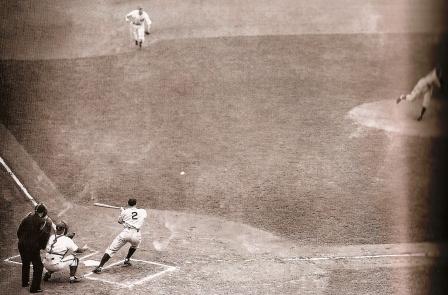 Right Handed HitterDRAG BUNT 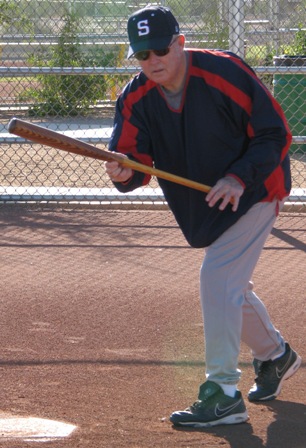
Right Handed HitterPUSH BUNT 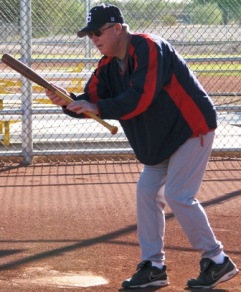
Bunting-basehit Tips ~ From the Dugout
Bunting for a base hit requires that the hitter understand the game situation at the moment. Knowing the score, the inning and what hitters are coming up behind you are important. Left Handed HitterDRAG BUNT 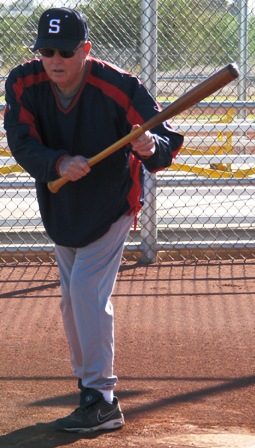
Left Handed HitterPUSH BUNT 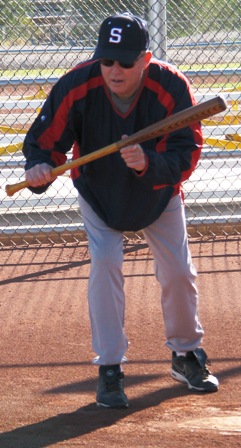
Some Final ThoughtsA general tendency is to run too soon on a bunt attempt, particularly younger players. They feel pressured to "get out of the box quick", because the ball isn't traveling very far. In their rush to run, they make the contact portion of the bunt more difficult, often resulting in a missed attempt, or a ball right back at the pitcher. Use of some baseball instruction time to get them to slow down and locate the bunt, then run, will provide great dividends. Real estate agents say it is all about location, location, location! Bunting is the same, location, location, location! Take the time to locate the ball in the right spot, you will be successful. As you develop your baseball coaching philosophy or your offensive skills as a player, consider bunting as a weapon and an important component to a productive offense or a complete baseball player. Additional Bunting Topicsbuntingsacrifice fake bunt and steal return from bunting base hit to theoleballgame.com  ***z-blank-ad-shtml*** |
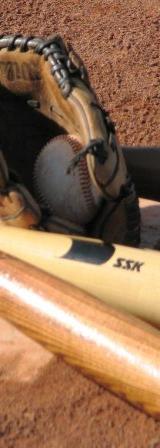 |
|

|
||
|
| ||